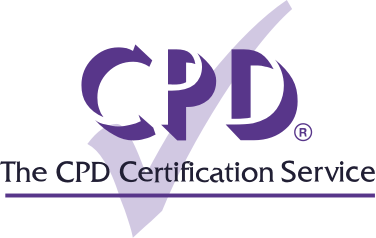The term ‘Agile Scrum’ refers to a methodology used within project management. It has its origins within the area of software development, but is now increasingly used as a project management methodology across other fields such as Construction, Design, HR and Marketing. This article will provide a brief overview of what Agile Scrum is, the benefits of the Agile Scrum Framework, and where to find CPD courses in this area.
What is Agile Scrum?
Although the terms ‘Agile’ and ‘Scrum’ have similar features and are often referred to interchangeably within project management, they are in fact two separate concepts. In order to understand Agile Scrum, it is important to recognise the unique identity of each concept:
Agile – In project management, Agile refers to a philosophy or set of values and principles which can be applied to managing projects. The Agile approach looks to deliver projects in smaller, manageable phases where there is immediate return on investment (ROI) and outcomes to a customer. It relies on engaging with feedback from the customer to seek to improve the next delivery phase of the project.
Agile is often also defined as applying an ‘iterative’ approach – this meaning to repeat a process with the aim of improving it each time. It differs in this sense from traditional project management in that it does not look to define the complete terms and phases of a project from the outset.
A simple example of Agile thinking is taking a day in stages – rather than planning a rigid set of objectives for a day, ensure that each hour has been completed successfully. Once one hour is successfully complete, move on to the next highest priority task in the following hour using the experience of the previous hour to inform the next. This prevents false expectations being set for a day which could lead to a sense of delay or backlog.
Applying Agile philosophy requires adaptation in the structures and thinking of an organisation, which may have traditionally looked to define a project in the whole from creation. For example, organisations are inclined to want to budget the cost of a project in total from the outset rather than taking an Agile approach to costs.
Scrum – While ‘Agile’ is a philosophy and mind-set, ‘Scrum’ refers to a practical methodology that can be used in project management. The term Scrum is borrowed from Rugby Football and was chosen as it reflects teamwork and how play is restarted and then progressed in the game of Rugby. Scrum was first mentioned by Hirotaka Takeuchi and Ikujiro Nonaka in the context of product development in a 1986 Harvard Business Review article 'The New New Product Development Game'. The term was then developed in to a full methodology by software developers Ken Schwaber and Jeff Sutherland, through a series of papers and articles in the 1990’s. Their methodology became widely recognised and adopted within the IT industry in the early 2000’s.
Scrum methodology defines the type of roles required in a project and introduces the idea of ‘Sprints’ which means a short phase of a larger project. This is followed by a ‘Sprint Review’ where the success of each phase is evaluated, including feedback from the customer, and this is fed in to the next sprint or phase of the whole project. The underlying principle is that it encourages teamwork with an emphasis on constant adaptation and improvement but also provides deliverables and value to a customer in the completion of each sprint.
The combining of Agile and Scrum as a term and framework for project management recognises two key elements – Agile being a philosophy and Scrum the method of implementing that philosophy.















